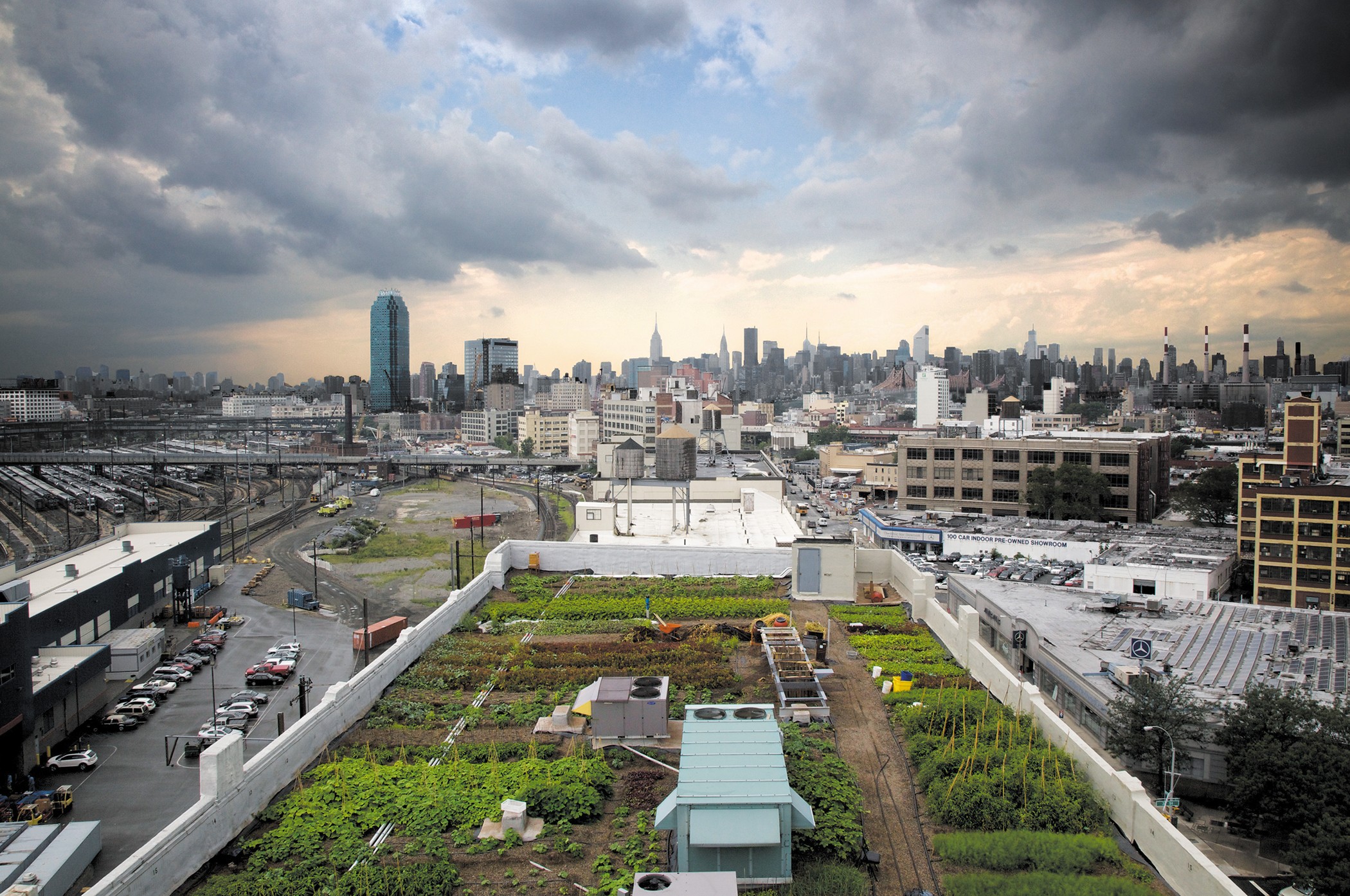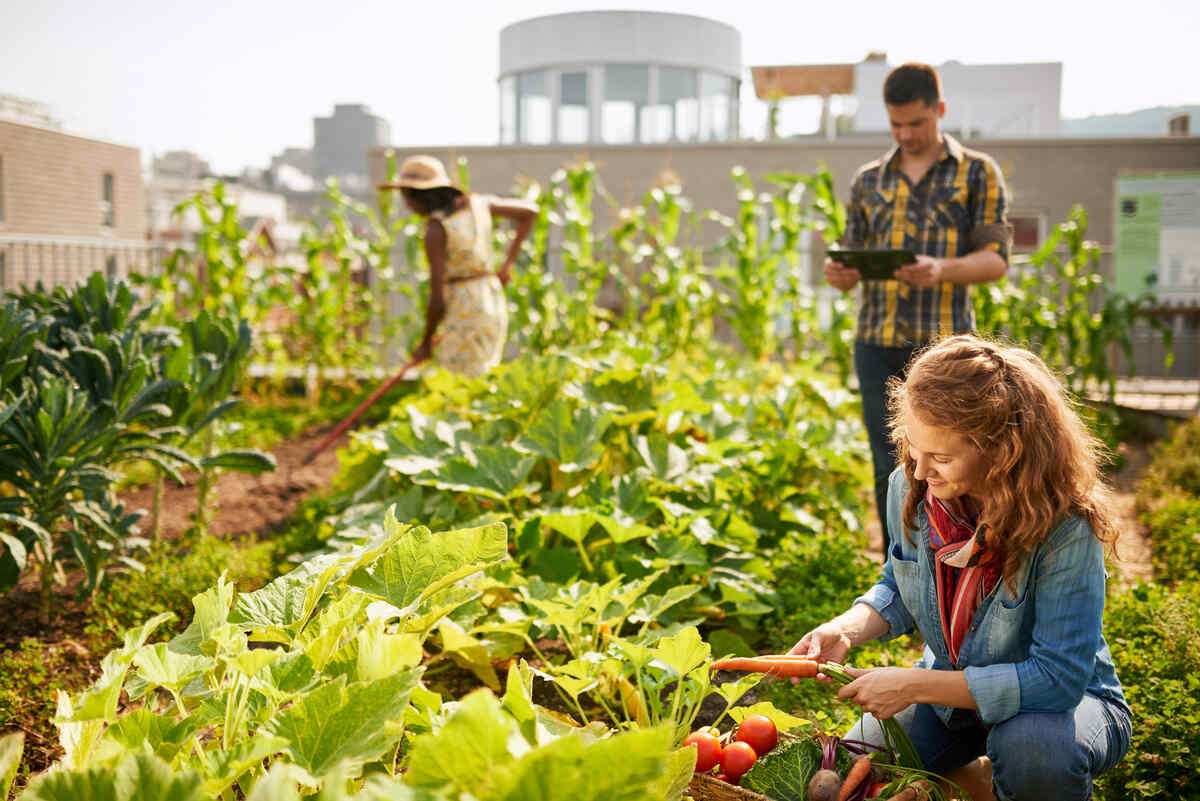Some Of City Blooming
Some Of City Blooming
Blog Article
Our City Blooming PDFs
Table of ContentsThe Definitive Guide for City BloomingCity Blooming Things To Know Before You Get ThisThings about City BloomingAll about City BloomingNot known Facts About City Blooming
Intrigued in growing food to buy in the City of Chicago? Thinking of beginning a community garden? Modifications to the Chicago Zoning Regulation permit agricultural uses like community yards and urban ranches in many components of the city. Below is a listing of frequently asked questions relating to the rules and policies that growers ought to think about when preparing an urban agriculture task.
The zoning modification does not change any various other codes dealing with composting, structure licenses, acquiring or renting City possessed building, organization licenses or ecological contamination. There are existing codes that control these concerns and they continue to be in complete effect and may apply to your project. Community gardens are typically had or taken care of by public entities, public organizations or community-based organizations and kept by volunteers.
Urban ranches expand food that is meant to be sold, either on a not-for-profit or for-profit basis. Because of their business purpose, city farms require a service license. Yes. A neighborhood yard is permitted to market excess produce that was grown on website if the sales are accessory or subservient to the garden's main purpose defined above.
More About City Blooming
The amount of garden compost material can not go beyond 25 cubic yards at any kind of given time according to the requirements in 7-28-715 of the City's Municipal Code. Because the dirt at the majority of brand-new yard websites needs modifying, compost, dirt, timber chips, or various other products can be acquired to construct or improve the growing space.

If a structure license is required after that the hoophouse will certainly be considered an accessory building. You can learn more concerning the structure license needs by contacting the Division of Structures. The 25,000-square-foot size limitation is planned to stop a solitary neighborhood yard from controling a given block or taking away from the block's existing property or business personality.
The limitation does not put on gardens found in Public Open Area (POS) areas. Can there be more than one neighborhood yard that is 25,000 square feet on a single block? Yes. The size limitation puts on individual gardens, not to specific blocks. No. Fencing is not called for, nevertheless, yards that have large vehicle parking areas might be needed to install secure fencing or various other landscape design functions.
All about City Blooming
B1 & B2 districts call for that all commercial use activities be carried out inside your home. Is fencing required for urban ranches? Fences may be called for, along with landscape design and screening, for particular car parking locations and exterior work or storage areas depending on place and the particular task taking area.
Urban ranches require structure authorizations and zoning approvals prior to building (eco-friendly practices). Other types of city review might be called for depending on specific frameworks, activities, size, landscape design, licensing, public heath and stormwater monitoring issues.
The Division of Company Matters and Customer Defense can help figure out the certain type of company permit that's called for. Off street car park is required for a lot of business jobs in Chicago. The called for number of auto parking rooms is based on the number of employees working on website and not the square video footage of the growing room.
The Best Guide To City Blooming

Yes. An urban farm can market compost material created on website, nevertheless, the procedure needs to abide by the guidelines in 7-28-715 of the Chicago Municipal Code. Yes. Aquaponic systems are enabled indoors on urban farms in lots of zoning areas. Nonetheless, a zoning review and building license is needed in order to mount frameworks or systems and a company license is called for as defined over.
Approximately 5 hives or nests of honey bees might be kept as an accessory usage. Beekeepers must register with the Illinois Department of Farming. For more information concerning the suggested zoning change you may call the Department of Housing and Economic Growth, Bureau Check This Out of Preparation and Zoning at 312.744.8563.
Farming in cities and city locations A metropolitan ranch in Chicago. Urban agriculture describes various practices of growing. https://my-store-faa5b0.creator-spring.com/, processing, and dispersing food in city locations. The term likewise relates to the area tasks of animal husbandry, tank farming, beekeeping, and cultivation in an urban context. Urban agriculture is differentiated from peri-urban farming, which takes location in rural areas at the side of suburban areas.
What Does City Blooming Do?
, that seek to develop social networks founded on a shared principles of nature and area holism. These networks can develop by method of official institutional support, coming to be integrated right into regional town preparation as a "change town" motion for sustainable city development.
The much more straight accessibility to fresh veggie, fruit, and meat items that may be become aware with city agriculture can boost food safety and security and food security while decreasing food miles, bring about lower greenhouse gas emissions, thereby adding to climate modification reduction. Several of the initial evidence of metropolitan agriculture originates from Mesopotamia.
Report this page